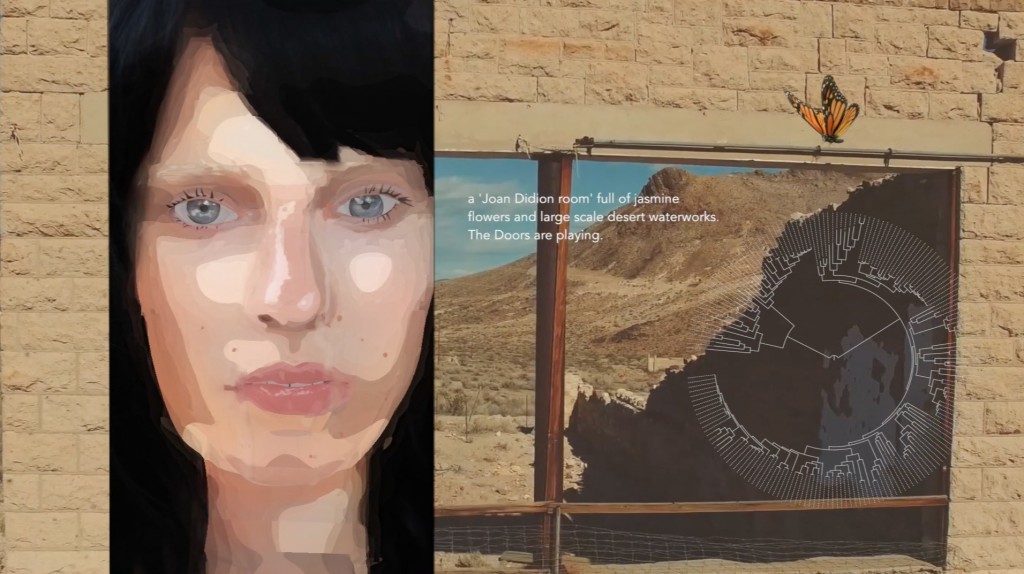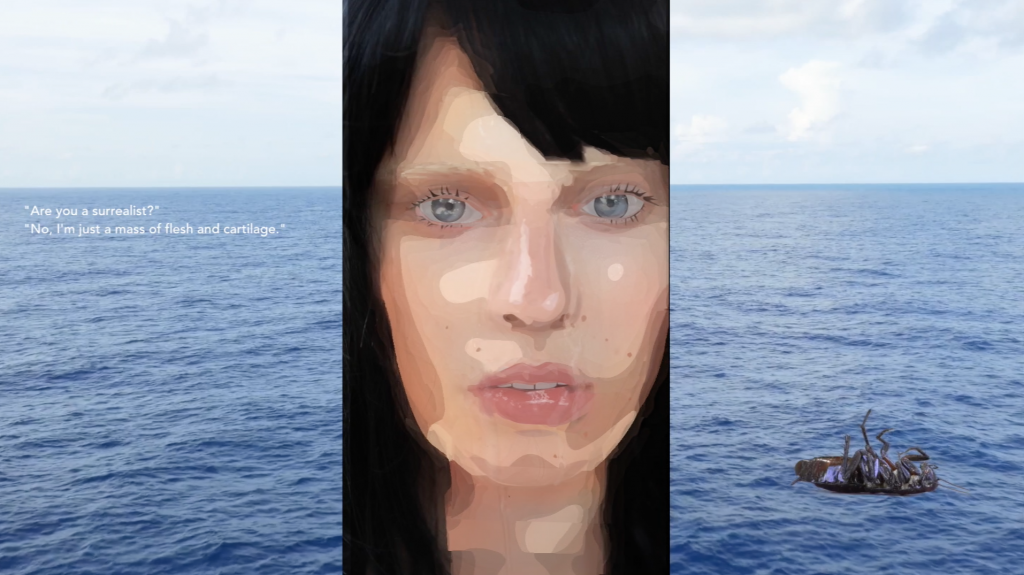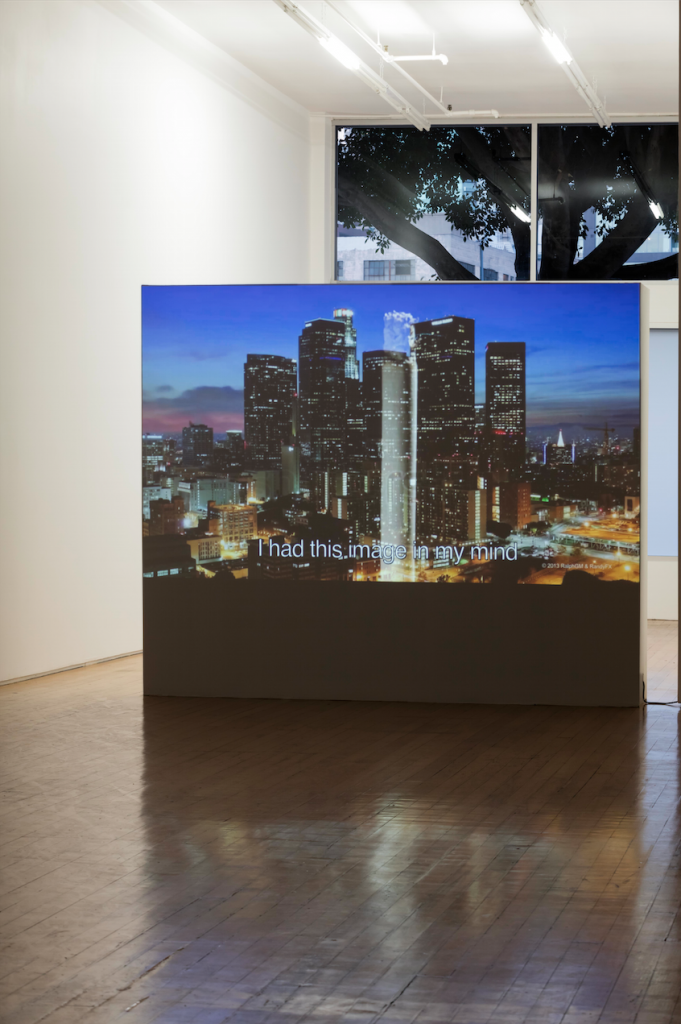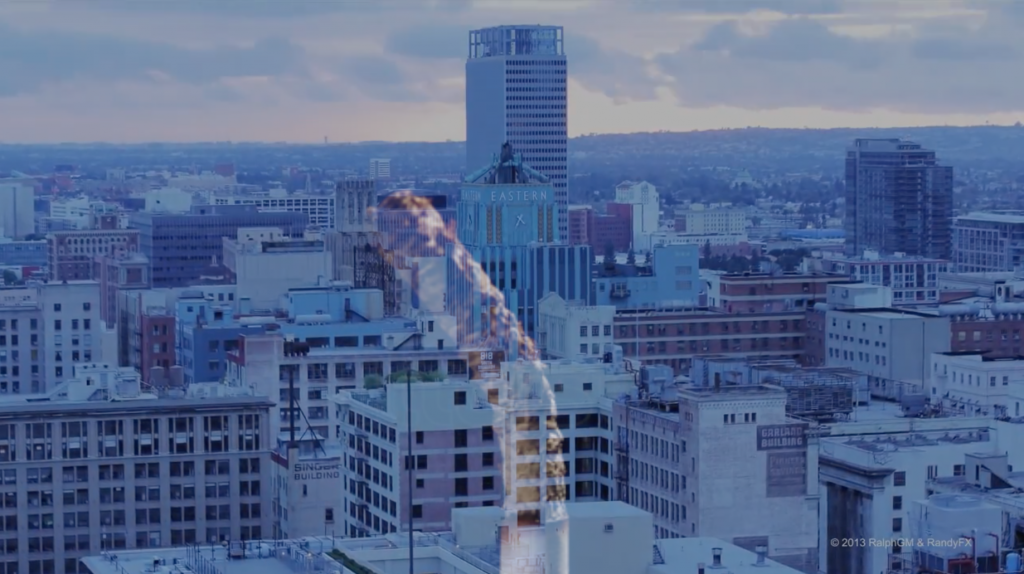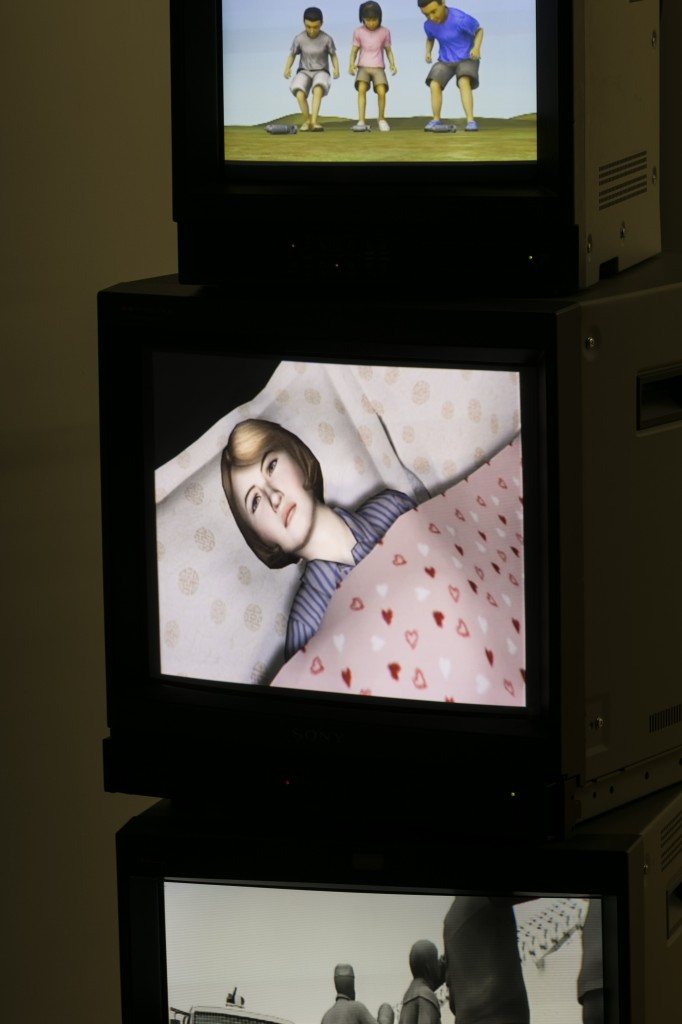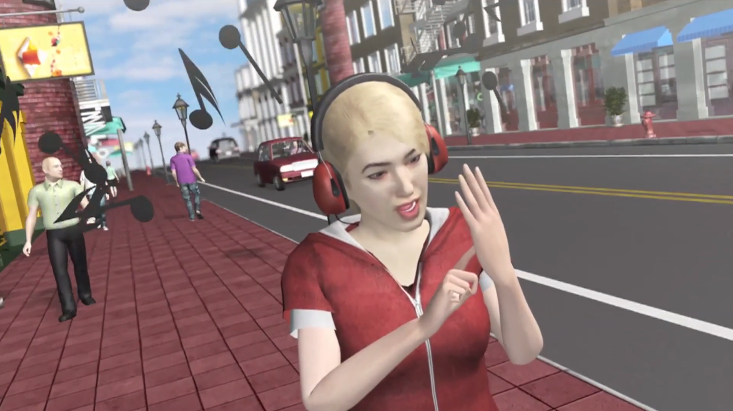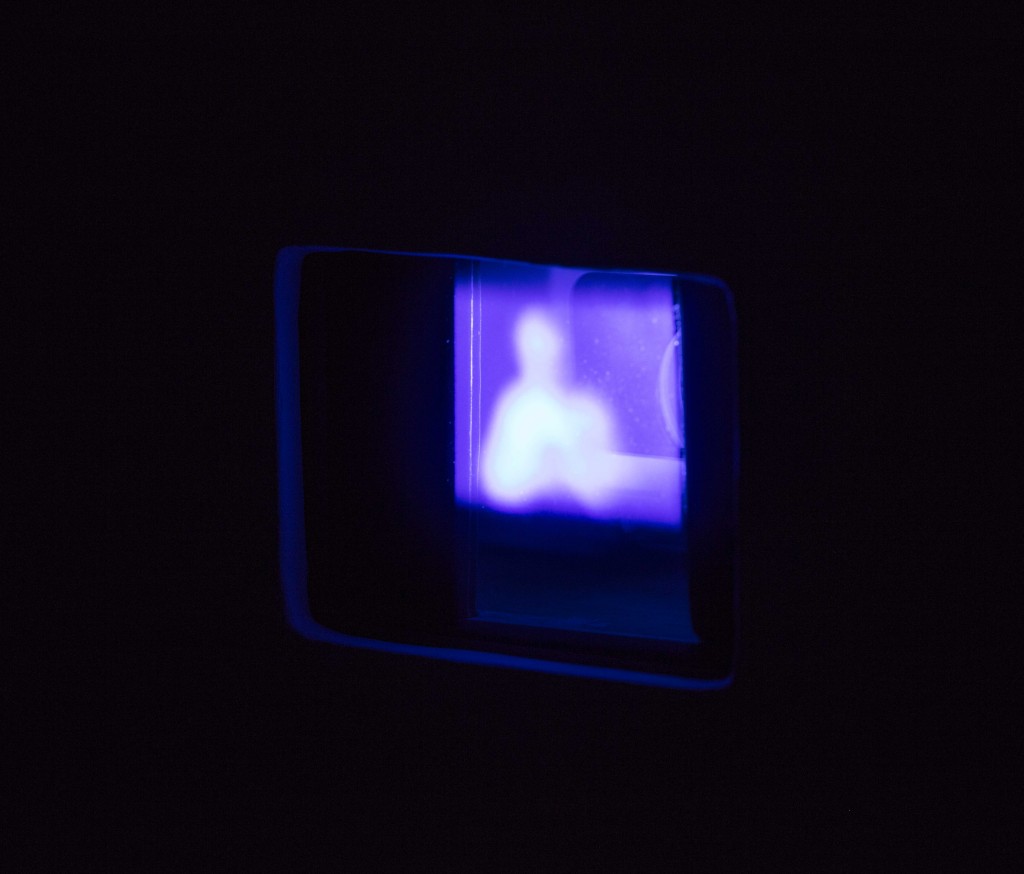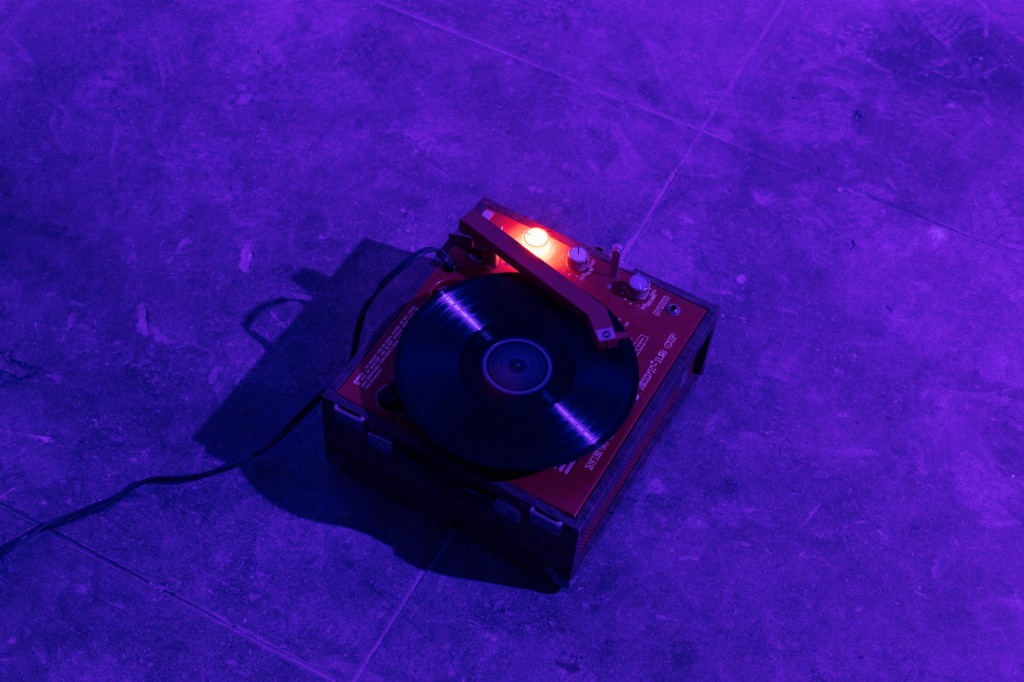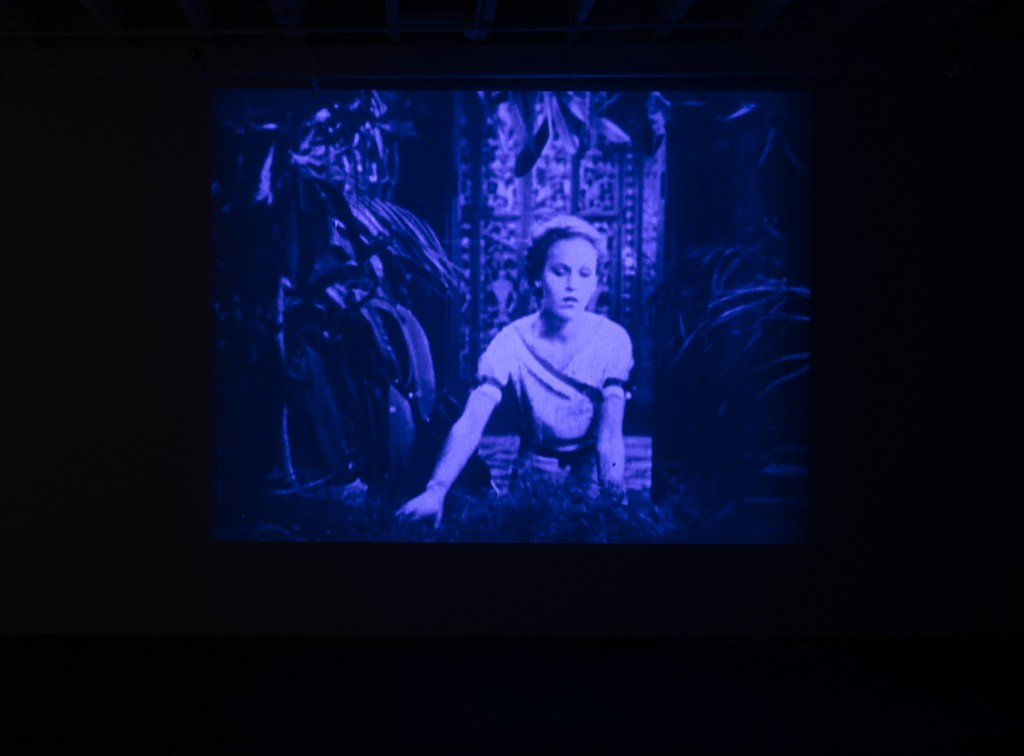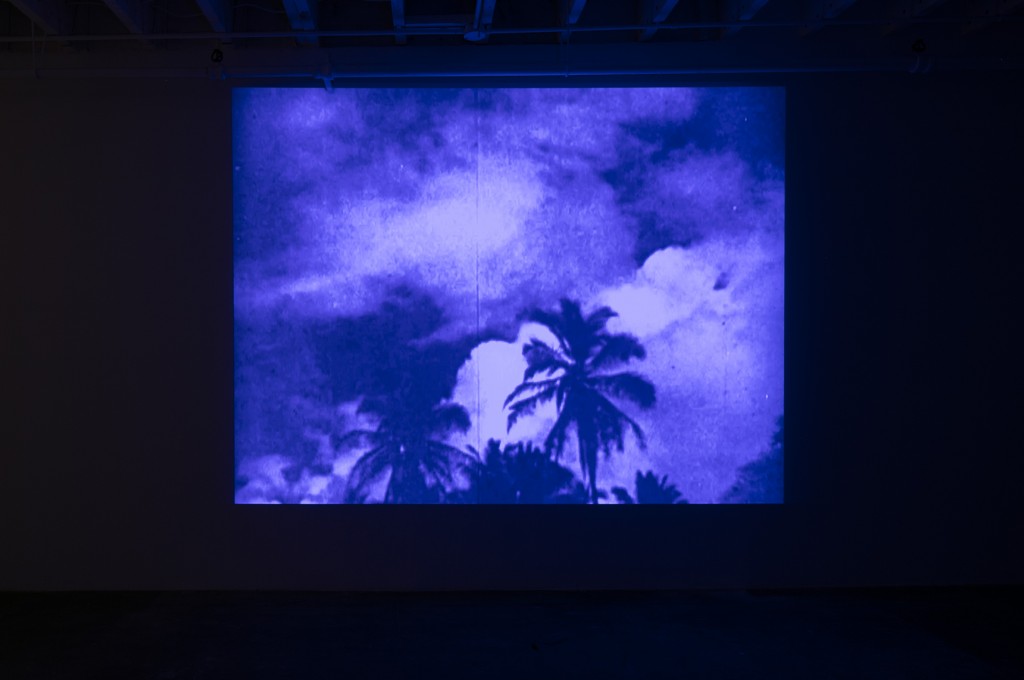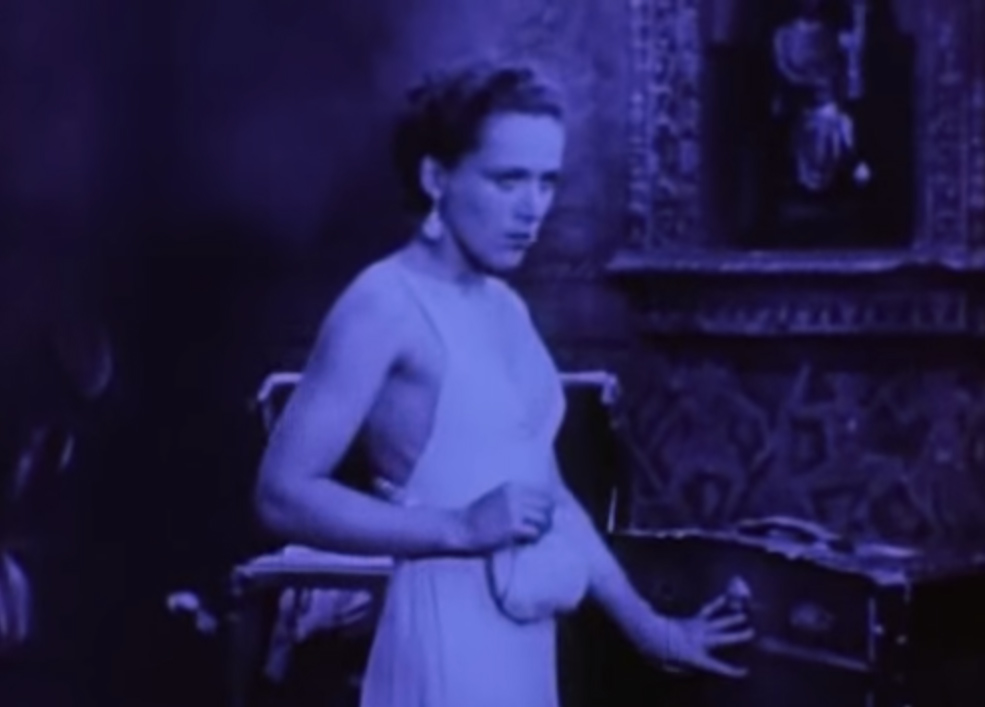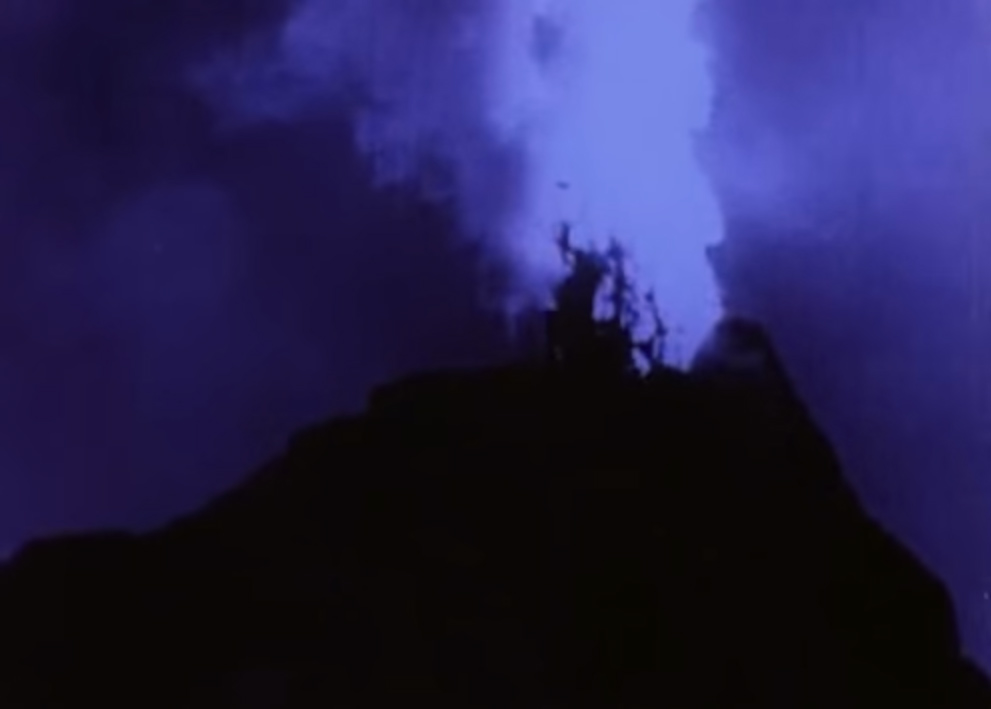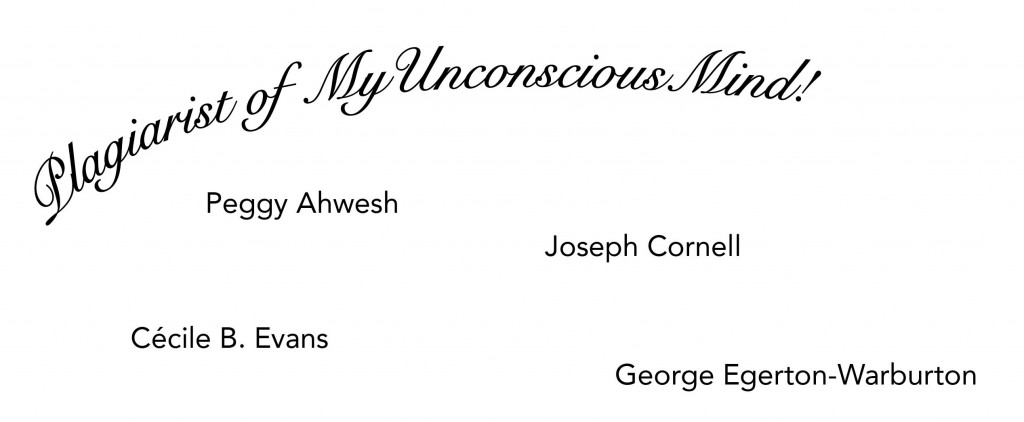 Cécile B. Evans
Cécile B. EvansServer (End of Flight)
2015
Intel 1U short depth server chassis, c-type print, plexiglass, corn syrup, enamel
19 x 15.75 x 2.75 in / 48 x 40 x 7 cm
Photograph by Elon Schoenholz
 Cécile B. Evans
Cécile B. EvansSelf-plagiarized Study for Lover One
2015
HD video
2 min 18 sec
Installation view
Photograph by Elon Schoenholz
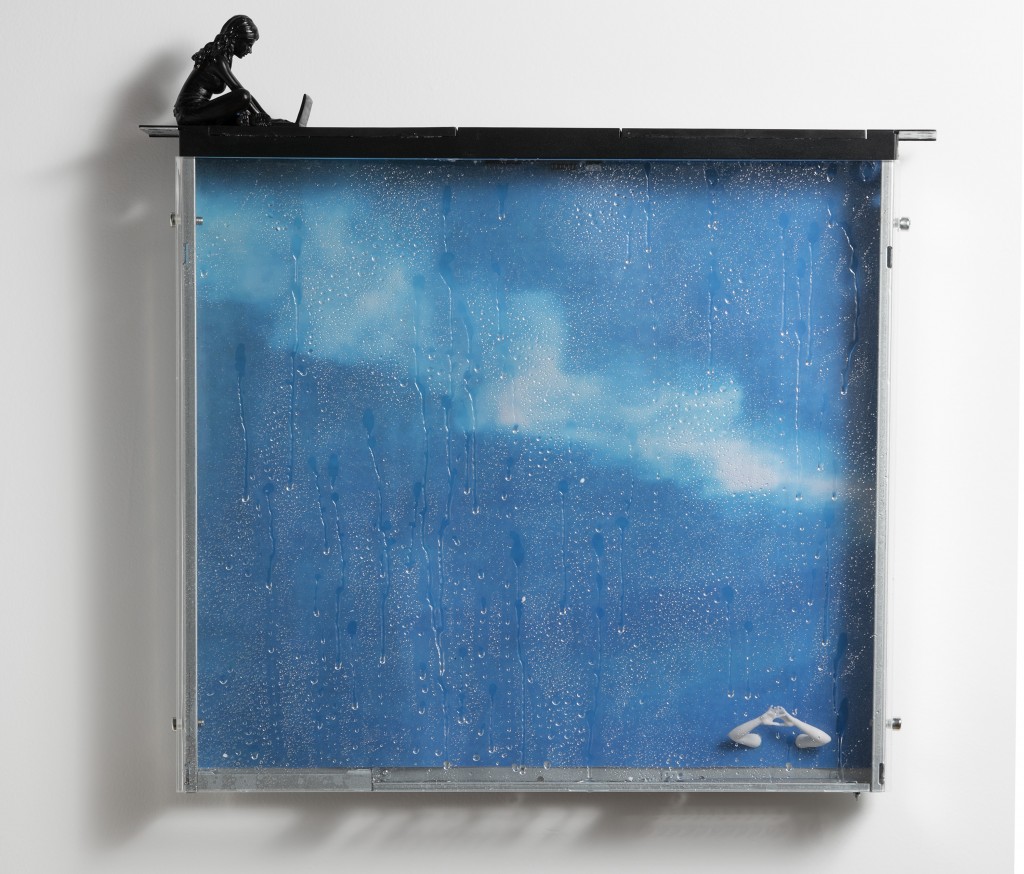 Cécile B. Evans
Cécile B. EvansServer
2015
Intel 1U short depth server chassis, c-type print, plexiglass, corn syrup, enamel, 3D printed plaster, figure
19 x 18.5 x 2.75 in / 48.2 x 47 x 7 cm
Photograph by Elon Schoenholz
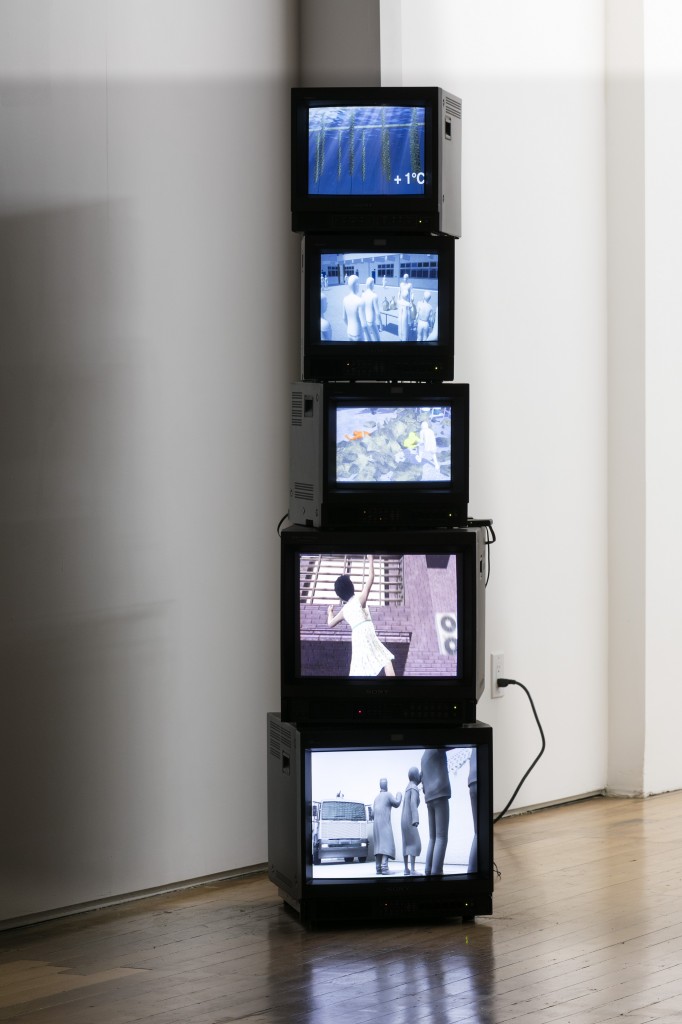 Peggy Ahwesh
Peggy AhweshLessons of War
2014
5 monitors, five-channel HD video
5.34 minutes
Dimensions variable
Installation view
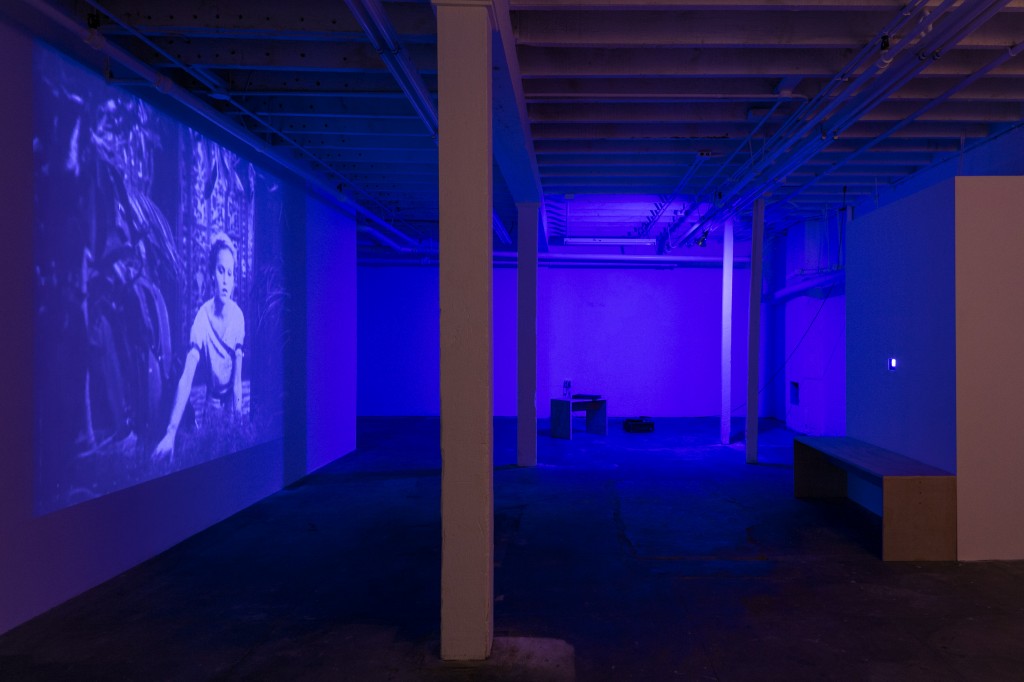 Joseph Cornell
Joseph CornellRose Hobart
1936
Digital transfer of 16mm film, blue glass, 78 rpm player and records
18.44 minutes
Installation view
OPENING RECEPTION
Friday, July 24
6 – 9pm
July 21, 2015 – August 29, 2015
“Are you a surrealist?”
‘No. I’m just a mass of flesh and cartilage.”*
Rose Hobart (1936) is Joseph Cornell’s 18-minute agitated edit of East of Borneo, a 1931 feature film that cast Rose Hobart in the lead role. Extracting the kind of narrative sequencing that accumulates to form a plot, Cornell’s film pivots only around Rose, casting her even more deeply as the lead, as he assembles the other available elements to cushion her in atmosphere. There is a fecund tropical setting, a seething volcano, aporetic relations between anybody who shares a scene with Hobart and crocodiles that wade in and out of a dark swamp.
Adjusted by anecdote since 1936, the first public screening of Rose Hobart drew a reaction from Salvador Dalí that seems to have fused itself to the meaning of the work:
Alfred H. Barr, Jr’s exhibition Fantastic Art, Dada, Surrealism was installed at the Museum of Modern Art, bringing Surrealist artists and their work to New York (Dalí included). Coinciding, Cornell curated a film program at Julien Levy Gallery that premiered Rose Hobart. Dalí was in the audience, watching a film that apparently manifested an idea he’d previously drafted in his mind and, unable to accept that the work could exist independently from his consciousness, Dalí presumed he’d been plagiarized. By all accounts, he made a scene.
The possibility that Cornell plucked Rose Hobart from another artist’s unconscious mind is particularly meaningful in the moment of Surrealism, which tunneled down to material more low-lying than clear consciousness. The latent rumblings of the unconscious mind were the tremors of Surrealism and Dali’s accusation brings a legitimate charge within the ambitions of this movement. He assumes the unconscious had such a command that artists were able to transmit and glean ideas, distinct from their conscious behavior.
In its first airing at Julien Levy Gallery, Cornell slowed Rose Hobart to the speed of silent films. In the process of editing, he disposed of the soundtrack of East of Borneo, as well as the plot. Instead of attaching sound to the film, he procured records from thrift stores and played them in accompaniment. Further, Cornell projected the black and white image through blue glass to give it a kind of live stain. The swampy speed, chimerical editing and cerulean tint formed a work that read like a dream: discontinuous and compelling.
With the exhibition Plagiarist of My Unconscious Mind!, Château Shatto is revisiting this first presentation. Rose Hobart is converted back to black and white and projected through a piece of blue glass, with the accompanying soundtrack of 78 rpm records playing alongside the film.
Plagiarist of My Unconscious Mind! composes works by Peggy Ahwesh, Cécile B. Evans and George Egerton-Warburton with the expanded installation of Rose Hobart. Ahwesh, Evans and Egerton-Warburton’s videos mobilize visions that lean both towards and away from a firm reality. As in Rose Hobart, the moving image is in service of both perceived reality and hallucinatory detours; or, activity as it is envisioned, not as it would appear.
* from Self Plagiarized Study for Lover One, Cécile B. Evans
Peggy Ahwesh (1954) is an American artist whose work, since the 1970s, has moved through many available methods of filmmaking and animation to advance her inquiry into feminism, genre, cultural identity and filmic conceits. She has exhibited worldwide, at the New Museum (New York), Carnegie Museum of Art (Pittsburgh), The Tate Modern (London), Guggenheim Museum (Bilboa), Whitney Museum and MoMa P.S.1 (New York). Ahwesh’s works are in the permanent collection of the Museum of Modern Art and the Library of Congress. She has received grants and awards from the Jerome Foundation, the Guggenheim Foundation, Creative Capital and others. She currently lives and works in New York and is a professor at Bard College.
Ahwesh’s Lessons of War (2014) arranges an animated account of the 2014 Israel-Gaza war, over 5 stacked monitors. Editing footage produced by a Taiwanese company that renders news events in animation, Ahwesh turns the events of the war into a set of radiant, brittle images. The animated form permits moments of clairty and cuteness that is estranged from the brutal content.
Cécile B. Evans (1983) is a Belgian American artist based in London. Her video and sculptural work takes the meeting point of communicative technology and emotional activity as its main site. Evans’ work has been presented at Palais de Tokyo (Paris), the Serpentine Galleries (London), as within a solo exhibition at Seventeen Gallery (London) and group exhibitions at Fridericianum (Kassel), Jerwood Visual Arts Foundation (London), and Musée d’art Moderne (Paris). Recent awards include the Andaz Award (2015), Push Your Art Prize (2013), and the Emdash Award (2012, now Frieze Award). Recent screenings have taken place at the ICA London, Fahrenheit (Los Angeles), and Hamburg Film Festival.
Self-plagiarised Study for Lover One (2015) is a new work by Evans, where the artist ‘plagiarizes’ one of her own existing works. Evans lays rotoscope animation over the film, Why Did You Do That (2010) and floats disjointed lyrical phrases and itinerant creatures through the scenes. The character in the film is part of a trio of ‘Lovers’ who struggle with recognition in a world that relies increasingly on technology to detect humanity.
George Egerton-Warburton (1988) is an Australian artist living in Los Angeles. Egerton-Warburton’s work often posits moments of personal potency within a wider political system. His work has been exhibited at institutions, including the Australian Centre for Contemporary Art (Melbourne), the Perth Institute of Contemporary Art, Gertrude Contemporary (Melbourne) and Artspace (Auckland).
Wuthering Times (2015) strings together stock video footage of the Los Angeles skyline. Over the cityscape, Egerton-Warburton has laid a burning cigarette that is scaled to the same size as the skyscrapers. The cigarette burns as subtitles describe the artist’s impression of a city, inhaling skyscrapers as a body inhales cigarettes. Wuthering Times is installed on a freestanding wall in Château Shatto’s main gallery, that positions viewers to see both the stock footage of downtown Los Angeles as well as the view of the city through the gallery’s front windows, merging the site with its image.
Joseph Cornell (1903-1972) was an American artist, sculptor and experimental filmmaker. Self-taught, he concentrated on the metaphysical potential of the box format, through his elegant synthesis of drawing, painting, collaging and woodworking. His most salient influences were Surrealism, Symbolism, Hollywood starlets and theology and his work evidenced an intimate and consuming approach to his subjects. Cornell’s first solo exhibition took place at the Julien Levy Gallery in 1932 and he was included in the 1936 exhibition, Fantastic Art, Dada, Surrealism at the Museum of Modern Art, New York. Although he ultimately rejected a conceptual connection to the Surrealists, this exhibition marked the slow and steady success of his career. Retrospectives and solo presentations of his work have been held at the Pasadena Art Museum (1967), the Solomon R. Guggenheim Museum and Metropolitan Museum of Art (1970), the Museum of Modern Art in New York (1980), and at the Peabody Essex Museum and San Francisco Museum of Modern Art in 2007.


